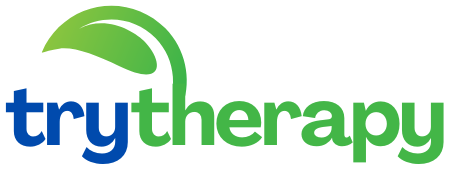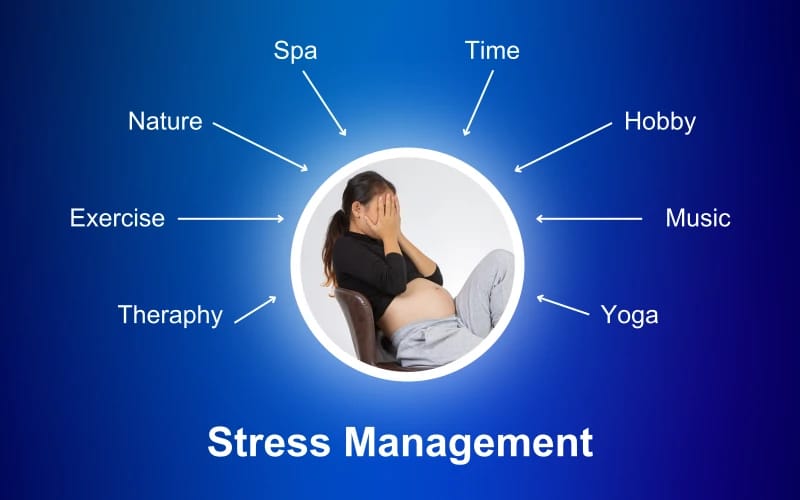From CBT exercises to boundary-setting hacks, learn how I traded burnout for balance and how you can start today. The day I spilled coffee on my keyboard while crying over a Slack message, I knew something was wrong. Not the “bad day” kind of wrong, but the “I can not recognize myself anymore” kind. My brain felt static, my motivation had flatlined, and even basic tasks like replying to emails left me paralyzed. Burnout had been creeping in for months, disguised as dedication, until it finally sucker-punched me.
What Does Burnout Actually Feel Like?
Burnout is not just fatigue. It is your body and mind staging a mutiny. For me, it looked like snapping at my partner over unwashed dishes, then sobbing in the shower because dishes should not matter this much. The World Health Organization classifies burnout as an occupational hazard, but let us be real it bleeds into everything. Relationships. Hobbies. The ability to watch a movie without mentally rewriting your to-do list.
Why do we ignore the signs until we are knee-deep in chaos? Maybe because admitting burnout feels like admitting failure. I sure thought so. But here is the truth: calling it “stress” is like calling a hurricane “light rain.”
Why Therapy Became My Burnout Lifeline
I used to think therapy was for “bigger” problems until I realized burnout was a big problem. My therapist did not hand me a magical breathing exercise though we did try a few. Instead, we dug into why I equated my worth with productivity. Spoiler: years of hustling had wired my brain to treat rest like betrayal.
Cognitive Behavioral Therapy CBT rewired those patterns. For example, when I catastrophize a missed deadline My boss will fire me, I will end up homeless” CBT taught me to ask: Is this true, or is my burnout talking? Slowly, I replaced panic with perspective. Acceptance and Commitment Therapy ACT .
also helped me stop fighting emotions. Instead of thinking “I should not feel this way,” I learned to say, “This sucks. Now, what can I do?”
The Moment Everything Clicked
Remember that coffee-stained keyboard? My breakthrough came weeks later, when I admitted to my therapist, “I do not know who I am without overachieving.” She nodded and said, “Let us find out.” Through role-playing conversations with my inner critic and setting comically small boundaries like not checking email after 7 PM, I rebuilt my identity one unproductive evening at a time.
Burnout is Not Just Your Problem to Fix
Here is the kicker: while therapy gave me tools, it also highlighted how workplaces enable burnout. Unrealistic deadlines. Glorified busy culture. My therapist called it “systemic gas lighting.” Studies back this up the National Institute for Occupational Safety and Health found that toxic work environments spike burnout rates. So yes, drink water and meditate, but also demand reasonable workloads. Mental health is collective, not just personal.
Balance is a Practice, Not a Finish Line
Recovery is not about never feeling stressed again. Last Tuesday, I had a mini-relapse: said “yes” to too many projects, then dreamt about spreadsheets. Old habits die hard. But unlike before, I recognized the spiral early. I texted my therapist, took a mental health day, and napped without guilt. Progress over perfection, right?
If you are reading this while burned out and skeptical, I get it. Therapy is not a quick fix. But it is a space to untangle the mess without judgment. You will not find clichéd advice here just real talk about embracing imperfection, redefining success, and occasionally crying over keyboards.
The path is messy, but worth it. After all, life is more than a productivity metric. Even my coffee-stained keyboard agrees.
References:
World Health Organization. (2023). Occupational health: Burnout. https://www.who.int/news-room/questions-and-answers/item/occupational-health-burnout
National Institute of Mental Health. (2024). Psychotherapies. https://www.nimh.nih.gov/health/topics/psychotherapies
Journal of Occupational Health Psychology. (2023). Effectiveness of interventions to prevent and reduce burnout. American Psychological Association. https://www.apa.org/pubs/journals/ocp
National Institute for Occupational Safety and Health. (2023). Stress at Work. Centers for Disease Control and Prevention. [https://www.cdc.gov/niosh/topics/stress/default.html](https://www.cdc.gov/niosh/topics/stress/default.html)

